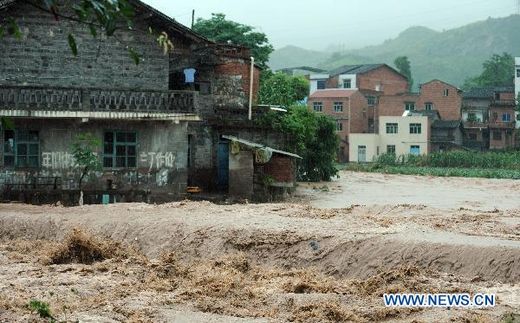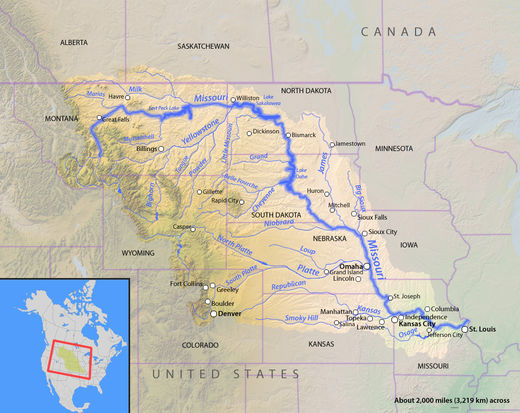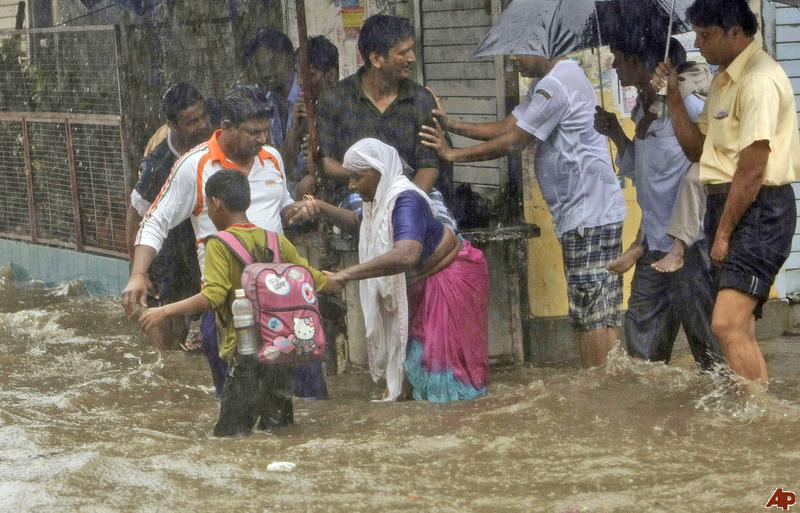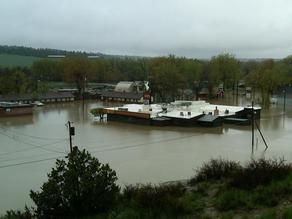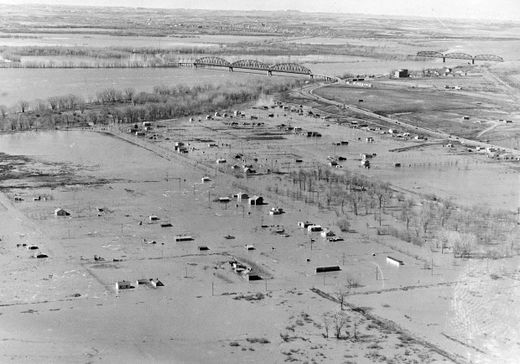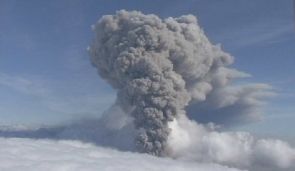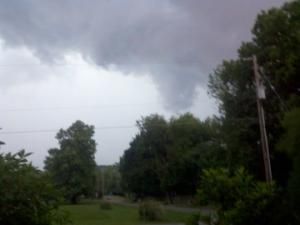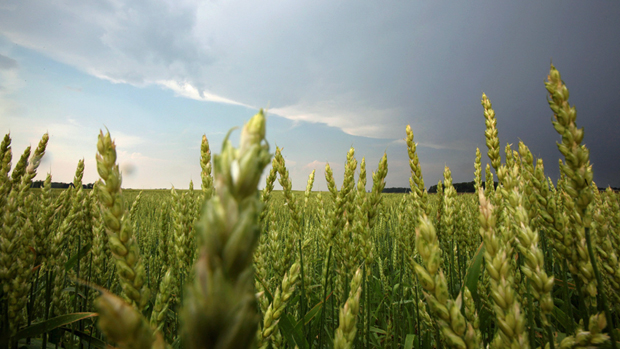
On Tuesday, the board said between 2.4 and 3.2 million hectares of farmland is still unseeded across the Prairies this year because of wet weather.
"This is occurring at a time when grain prices are extremely high, adding insult to injury," said Bruce Burnett, the board's director of weather and market analysis.
"Many farmers in the wettest areas have planted next to nothing this spring, while others are watching their newly emerged crops drown," Burnett said.
The seeding estimate is only marginally better than last year - another wet planting season - which set a record low that stretched back to 1971.
But Burnett also forecast yields that could be lower than last year due to other factors, such as an even later start to seeding this season.
